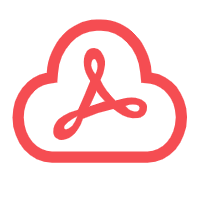Quality Models for Open, Flexible, and Online Learning
Quality Models for Open, Flexible, and Online Learning
DOI: https://doi.org/10.30564/jcsr.v2i4.2357
Abstract
This article is based on research conducted for the European Commission Education & Training 2020 working group on digital and online learning (ET2020 WG-DOL) specifically regarding policy challenges, such as the following: 1) Targeted policy guidance on innovative and open learning environments under outcome; 2) Proposal for a quality assurance model for open and innovative learning environments, its impact on specific assessment frameworks and its implication for EU recognition and transparency instruments. The article aims to define quality in open, flexible, and online learning, particularly in open education, open educational resources (OER), and massive open online courses (MOOC). Hence, quality domains, characteristics, and criteria are outlined and discussed, as well as how they contribute to quality and personal learning so that learners can orchestrate and take responsibility for their own learning pathways. An additional goal is to identify the major stakeholders directly involved in open online education and to describe their visions, communalities, and conflicts regarding quality in open, flexible, and online learning. The article also focuses on quality in periods of crisis, such as during the pandemic in 2020. Finally, the article discusses the rationale and need for a model of quality in open, flexible, and online learning based on three major criteria for quality: excellence, impact, and implementation from the learner’s perspective.
Keywords
Full Text:
 PDF
PDF



Comments
Post a Comment